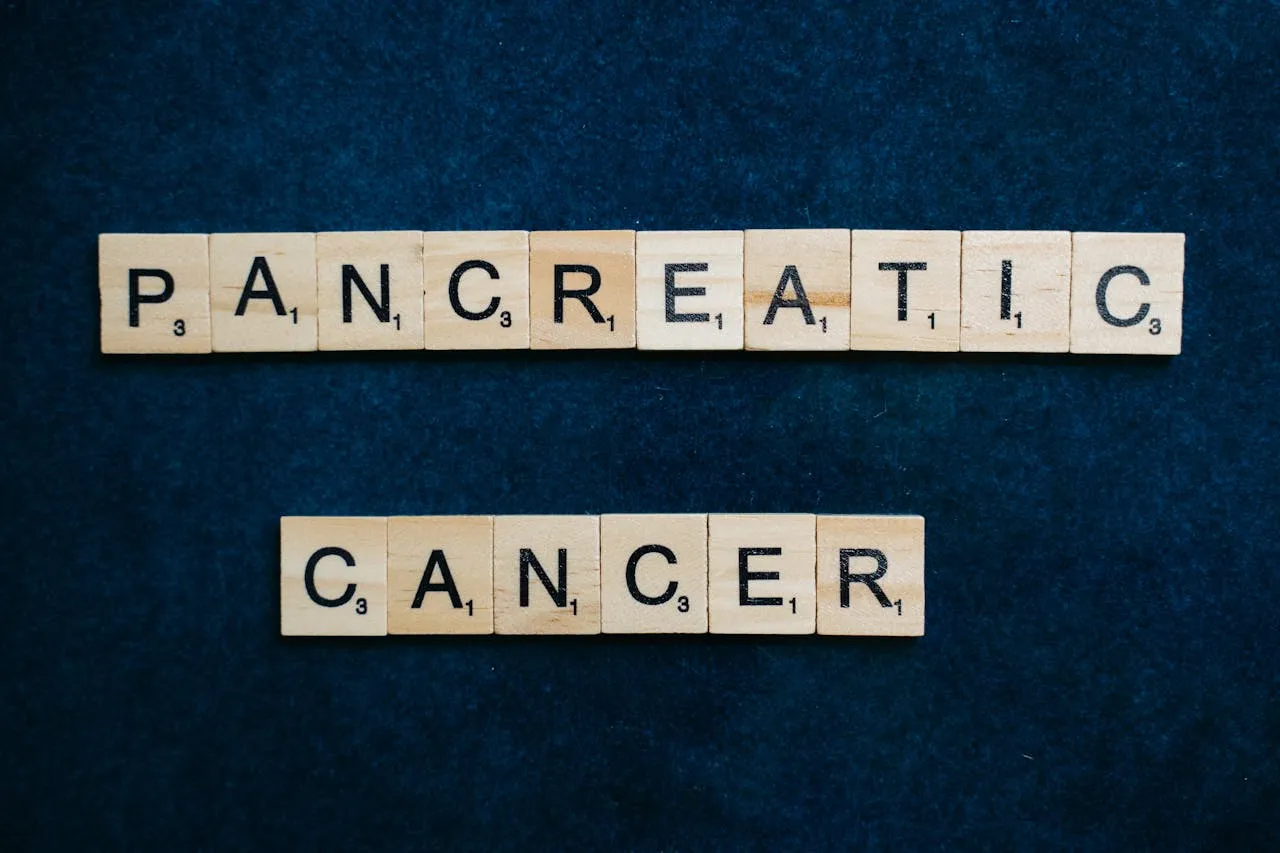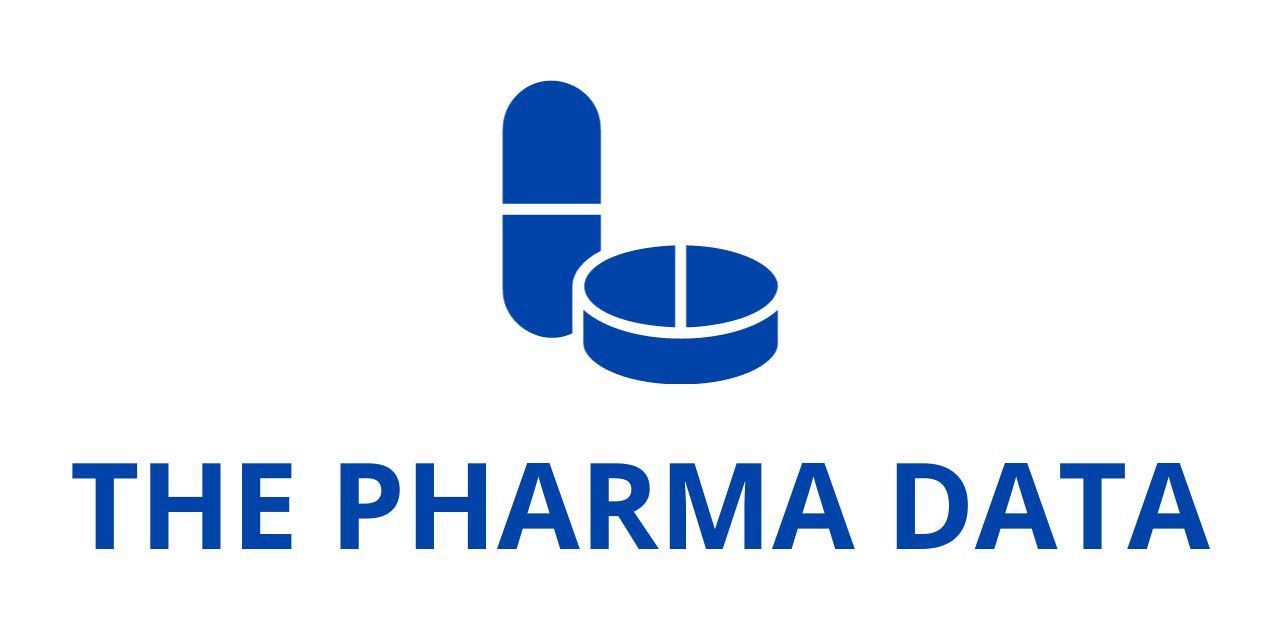
City of Hope Unveils Promising New Targeted Approach for Pancreatic Cancer
In a significant stride forward in the battle against one of the most lethal forms of cancer, scientists at City of Hope®—a leading U.S. cancer research and treatment center—have uncovered a novel molecular target that could redefine therapeutic strategies for pancreatic ductal adenocarcinoma (PDAC). The findings, published today in the prestigious journal Gastroenterology, highlight a groundbreaking approach to targeting the biological mechanisms that allow this aggressive cancer to thrive.
A Deadly Disease in Need of New Solutions
Pancreatic ductal adenocarcinoma, the most common type of pancreatic cancer, is among the deadliest cancers worldwide. Characterized by its stealthy progression, late-stage diagnosis, and notorious resistance to standard treatments, PDAC presents one of the most formidable challenges in oncology today. Despite advances in cancer therapeutics over recent decades, the five-year survival rate for PDAC remains staggeringly low—hovering at around 10%. In most cases, by the time the cancer is detected, it has already spread, limiting the effectiveness of surgical intervention or chemotherapy.
The lack of effective therapies has driven researchers to explore the biological underpinnings of the disease more deeply. At the forefront of these efforts is Dr. Mustafa Raoof, M.D., M.S., an assistant professor of surgery, cancer genetics, and epigenetics at City of Hope. Dr. Raoof and his team have now pinpointed a unique vulnerability in PDAC—an Achilles’ heel that may finally offer a pathway to controlling this otherwise intractable cancer.
Targeting the DNA Traffic Jam: Transcription-Replication Conflicts
At the heart of this new approach is a phenomenon known as transcription-replication conflict (TRC), a cellular condition where two critical biological processes—gene expression (transcription) and DNA duplication (replication)—collide. These “traffic jams” inside the genome disrupt normal cell function and cause replication stress, a condition that occurs when the DNA copying machinery encounters roadblocks.
In healthy cells, mechanisms exist to manage and resolve TRCs, but in cancer cells—particularly those driven by specific genetic mutations—these conflicts can spin out of control. This stress leads to errors in DNA replication, fueling the mutations and chromosomal instability that help cancer cells grow, survive, and spread. Rather than being a side effect of cancer, TRCs have now emerged as a potential driving force—and, importantly, a therapeutic opportunity.
“Transcription-replication conflicts are an important vulnerability of pancreatic cancer,” said Dr. Raoof, the study’s senior author. “Our study is the first to confirm proof of concept for whether exploiting this chink in cancer’s armor could provide an effective therapeutic target for patients.”
From Concept to Potential Cure: Testing AOH1996
Building on their earlier discovery of TRCs as a hallmark of KRAS-mutant pancreatic cancer, Dr. Raoof’s team set out to test whether a drug designed to target this vulnerability could halt the disease. Enter AOH1996, an experimental drug developed by Dr. Linda Malkas at City of Hope and exclusively licensed to RLL, LLC. The compound is designed to disrupt the cancer cell’s ability to manage transcription-replication conflicts, thereby inducing lethal stress in the tumor while sparing healthy cells.
In preclinical testing, AOH1996 was evaluated in two key settings: mouse models of pancreatic cancer and patient-derived organoids—miniaturized, lab-grown 3D replicas of human organs used for studying disease and drug response. The results were promising. Mice treated with AOH1996 experienced significantly prolonged survival—extending median lifespan from 14 days to 21 days—alongside tumor growth inhibition and selective destruction of cancer cells.
The real-world implications of this novel approach became clearer during an early-stage clinical evaluation (NCT05227326), where two patients with advanced, treatment-resistant pancreatic cancer received AOH1996. After two months of oral dosing—administered twice daily—both patients showed meaningful responses, with liver metastases shrinking by up to 49%.
While these initial patient responses involved only a small sample, they highlight the drug’s potential in real-world clinical settings. The results suggest that targeting TRCs, especially in tumors characterized by high replication stress, could emerge as a powerful and selective therapeutic strategy in pancreatic cancer.
KRAS Mutation: The Long-Elusive Target

A critical part of this discovery lies in its connection to the KRAS gene, which is mutated in approximately 95% of pancreatic cancers. This mutation drives many of the cellular abnormalities in PDAC, but for years, it has remained elusive to direct targeting. While recent clinical trials have introduced KRAS inhibitors, cancer cells often develop resistance, rendering these drugs less effective over time.
“While the KRAS mutation has suggested a strong therapeutic target, pinpointing it in human PDAC has been difficult until now,” Dr. Raoof explained. “With inhibitors to mutant KRAS entering clinical trials, resistance is expected. It’s crucial for us to develop new approaches that target dependency on KRAS.”
The strategy of targeting TRCs does not aim to inhibit KRAS directly. Instead, it aims to undermine cancer cells’ reliance on the replication machinery that KRAS-mutant cells depend upon—essentially flipping a cancer-driving mechanism into a therapeutic liability.
Moving Forward: From Laboratory Discovery to Clinical Practice
Despite the excitement surrounding this discovery, Dr. Raoof remains measured in his outlook. “This study represents a strong step forward,” he said, “but the sample size is small, and more research is needed before we can draw definitive conclusions.” Larger-scale trials, biomarker validation, and mechanistic studies are already being planned to better understand which patient populations will benefit most from TRC-targeted therapies like AOH1996.
Importantly, City of Hope’s broader vision continues to play a vital role in advancing this work. The institution, long known as a biotech pioneer, has been instrumental in many medical breakthroughs—including the development of synthetic human insulin and the early engineering behind cancer drugs like Herceptin, Rituxan, and Avastin.
The development of AOH1996 reflects City of Hope’s continued legacy of innovative drug discovery, with Dr. Linda Malkas’s laboratory at the center of this most recent effort. The institution has also secured critical funding to sustain and accelerate its pancreatic cancer research programs. Last year, a landmark $150 million philanthropic gift from A. Emmet Stephenson Jr. and his daughter, Tessa Stephenson Brand, provided crucial resources to support ongoing studies and establish scientific collaborations across institutional boundaries.
A New Chapter in Pancreatic Cancer Research
The study—entitled “Therapeutic Targeting of Oncogene-induced Transcription-Replication Conflicts in Pancreatic Ductal Adenocarcinoma”—received support from several major organizations, including the National Comprehensive Cancer Network (NCCN), the Pancreatic Cancer Action Network (via the 2020 Career Development Award in Memory of Skip Viragh), and the National Cancer Institute (NCI). Together, these resources are enabling researchers to expand the scope of their investigations and take their laboratory discoveries closer to widespread clinical application.
For now, patients and physicians alike can view these developments with cautious optimism. Although TRC-targeted therapy is still in its early stages, the idea that one of cancer’s own weaknesses could be used against it marks a compelling shift in treatment strategy—particularly for a disease that has defied so many others.
As Dr. Raoof concluded, “Therapies that interfere with how cells manage their DNA during replication could open up new ways to treat cancer, offering hope for patients who have not benefited from other approaches.




